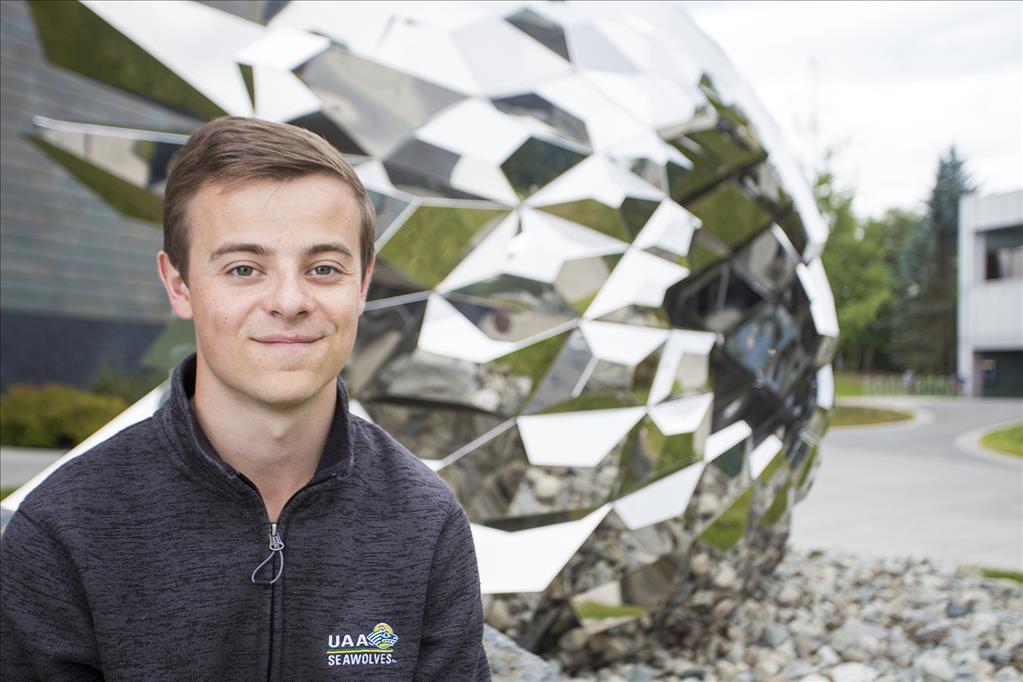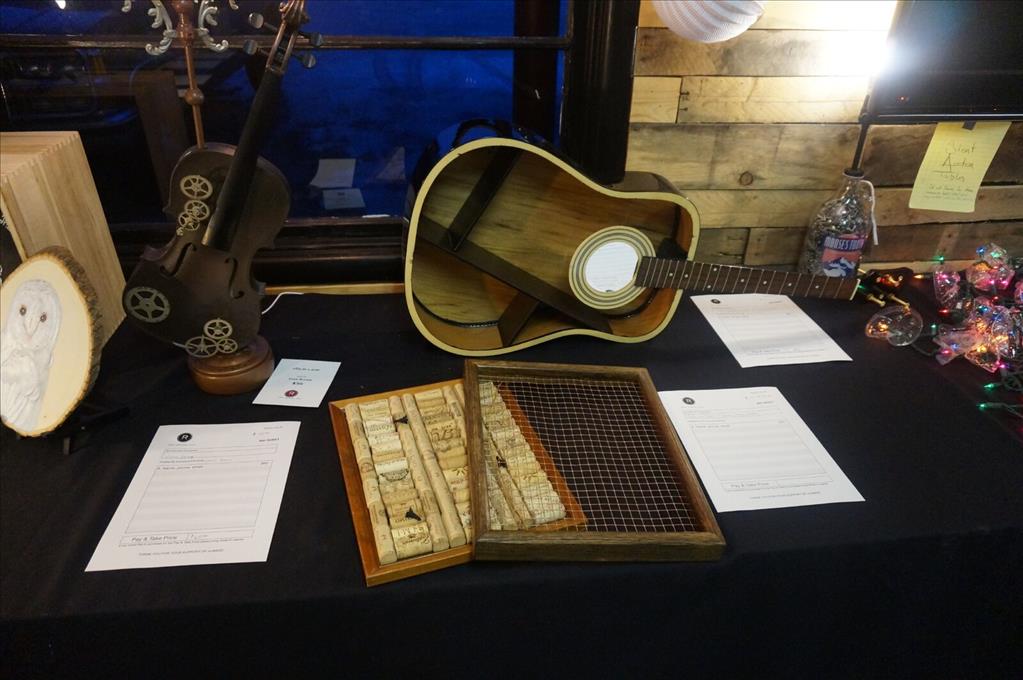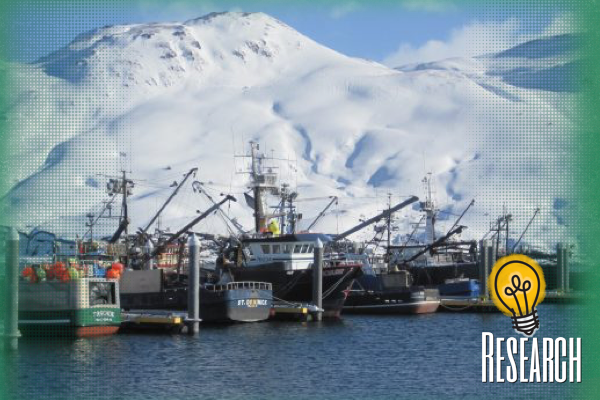How to open a commercial fishery
by joey |
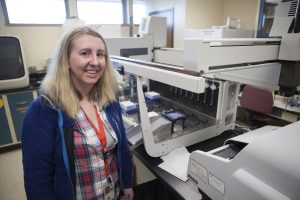
Ora Russ, M.S. Biological Science '15, helped open a commercial fishery through her thesis research. (Photo by Phil Hall / University of Alaska Anchorage)
East coast Jewish families want to serve traditional smoked whitefish at Passover. Midwestern fishing crews note a sharp crash in whitefish populations on the Great Lakes. West coast fish markets search for an alternative. Meanwhile, in northern Alaska, a little-known species catches the eye of the nation's seafood interest.
Enter geneticist Ora Russ. Part of the team at Anchorage's Conservation Genetics Laboratory, operated by the U.S. Fish & Wildlife Service (FWS), she answered the upsurge in interest in Bering cisco - a possible commercial whitefish alternative - all on the way to earning a master's degree in biological sciences at UAA.
Often, a graduate thesis is written and defended, then stocked on the shelf. But Ora's project provided direct recommendations that shaped commercial fishing in Alaska. Today, she and her colleagues continue to address the state's conservation and subsistence questions that preserve species, boost economies and just may save your fishing season.
Starting from scratch with cisco
Ora's interest in biology started early. "I grew up with a great appreciation for our natural resources and the outdoors in general," she said of her subsistence childhood on a Talkeetna homestead. That appreciation led her to FWS (she joined the Service's career program for college students - now called Pathways - while studying wildlife biology at Colorado State University).
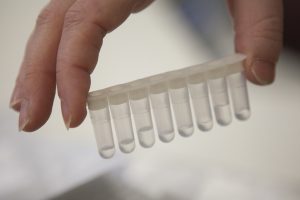
At the U.S. Fish and Wildlife office, geneticists turn everything from fish fins to bear hair into solutions of invisible DNA strands. (Photo by Phil Hall / University of Alaska Anchorage)
When the Great Lakes whitefish population crashed, Alaska wasn't quite ready for the redirected attention. Bering cisco have always been harvested for subsistence, but were previously of little commercial interest, meaning little research had been done ("no interest, no money" Ora noted). The fish only live in three rivers in the world - Alaska's Yukon, Kuskokwim and Susitna Rivers - and, to Ora's knowledge, no one had extensively researched the populations. When Bering cisco debuted in New York, fish markets started asking for more. Alaska's Department of Fish & Game (ADF&G) needed answers; specifically, how can we implement a sustainable fishery system for a population we know very little about?
Tasked with the big question, Ora set to work researching the genetic structure of Bering cisco on the three rivers. But she wasn't just comparing populations, she was determining the genetic markers that defined a population in the first place. Thankfully, she had help from staff from ADF&G and FWS staff, advice from UAA biology faculty and data collection from local subsistence fishers. "My project was great because it involved a lot of collaboration," she noted.
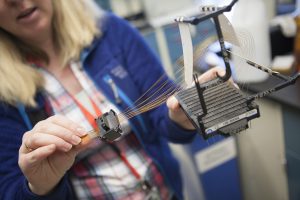
The Hitachi 3730 DNA Analyzer (yes, the same machine science nerds may recognize from 'CSI') pulls DNA strands past a laser to translate invisible DNA into visual graphic representation. (Photo by Phil Hall / University of Alaska Anchorage)
Catching fish in the rivers' mainstems, where Bering cisco spawn, is "like finding a needle in a haystack," she said. Throughout her project, she relied on subsistence and research fish wheels as an efficient method for obtaining fin clip samples to conduct genetic analyses on. In Anchorage, Ora broke down fin tissue into invisible DNA samples, which complex lab equipment then translated into visual graphs of information.
Her research showed genetically distinct populations representing each of the three rivers. Several years of genetic analyses showed the Yukon population was large enough to support commercial fishing (and, importantly, the fish at the Yukon's mouth were almost entirely from that larger population). With that information, ADF&G was able to maintain a quota and generate new jobs in a region where commercial fishing had stagnated since the Chinook population crashed in the mid-1990s.
A fight against pike
In addition to expanded opportunities for the state, Ora's master's degree opened doors for her as well. She now leads an environmental DNA (eDNA) research project on invasive pike, an opportunity she credits to her advanced degree.
Alaska fishermen may know the pike, a voracious fish threatening Alaska's waterways. If you enjoy casting a line on the Kenai, listen up: the predatory pike could devastate the salmon population.
eDNA is a relatively new development, allowing geneticists to determine what species exist in an area simply by taking a sample of the environment. Currently, Ora is researching water samples - just water - to see whether FWS efforts to poison pike have been effective. Like her thesis, the research project has serious impact on the state.
But it also has an impact on Ora, where fish are both professional interest and personal hobby - she spends every summer solstice in a quiet spot on the Kenai Peninsula, fishing the waters she works to protect.
"Fishing is one of my favorite things," she said with a laugh, adding that personal trips are often an exercise in patience. In the field, she has top-tier equipment built for efficiency. On the weekends, she's just casting a line like everyone else.
Her UAA degree has only opened up more research opportunities in the field. "UAA has a great science program," she said, adding that she didn't think a master's degree and a full-time job could coincide. "It was a much smoother process than I had anticipated, and I'm super-grateful for that. I feel like the staff there is very onboard with helping you start and finish successfully."
As a Talkeetna-raised researcher, Ora's biology career has helped her appreciate her home state even more. "Alaska has a great expanse of wilderness you can't find anywhere else in the country," she said. Often, she'll land on remote stretches of riverbeds, stepping off the helicopter with the feeling that no other human has touched this patch of tundra in centuries.
"[That's] a really wild, cool experience I don't think you get anywhere else."
Written by J. Besl, UAA Office of University Advancement
 "How to open a commercial fishery" is licensed under a Creative Commons Attribution-NonCommercial 4.0 International License.
"How to open a commercial fishery" is licensed under a Creative Commons Attribution-NonCommercial 4.0 International License.










